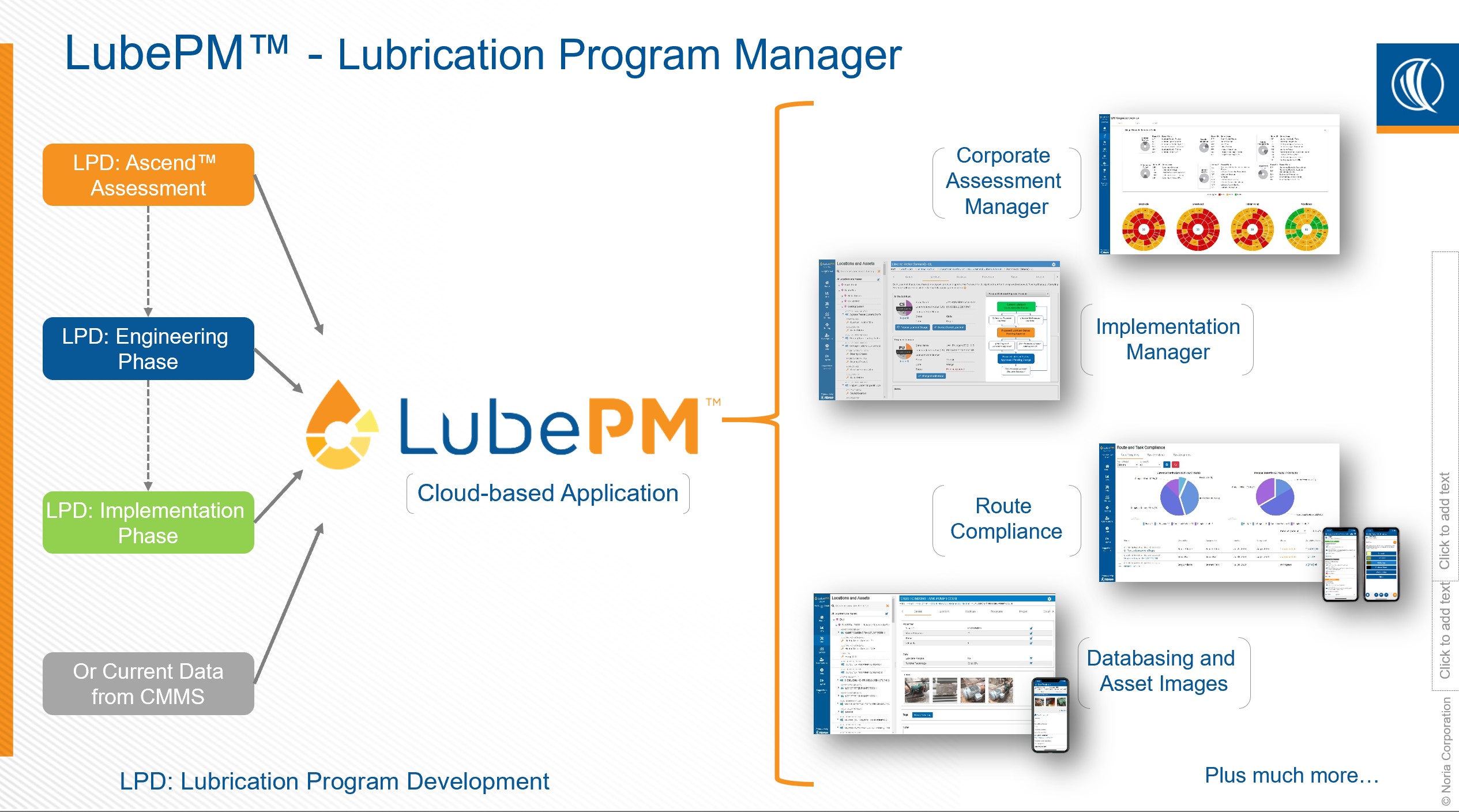What is Kaizen?
Over 30 years ago, Masaaki Imai wrote the groundbreaking book "Kaizen: The Key to Japan's Competitive Success." The book established the word "Kaizen," which is now recognized globally as a vital component of an organization's long-term competitive strategy.
According to Masaaki Imai, Kaizen means improvement. It means continuing personal, home, social, and working improvement. The word is composed of two Japanese words, “Kai" meaning "change," and "Zen," meaning "for the better," which results in its literal translation of "change for the better." Moreover, Kaizen is a Japanese philosophy that refers to business activities that improve all business functions.
Kaizen Elements
Kaizen has five critical elements required for it to be implemented.
- Teamwork
All team members in an organization should work to achieve an end goal: improving the internal business processes. By "all," this means everyone who works in the organization.
- Personal Discipline
A self-disciplined team member is more valuable to an organization than someone who does not have discipline. Kaizen’s philosophy is that all team members of an organization must value their self-discipline in all work-related aspects.
- Improved Morale
An organization should aim to maintain all its team member’s high morale, confidence, and enthusiasm. The department in charge should offer motivational tools to all its team members, and the organization should provide pleasant working conditions, competitive salaries, and benefits.
- Quality Circles
Quality circles are a team that often gets together to discuss and create solutions for improving business processes. Inside the circle, team members can share their ideas and knowledge. Organizations must arrange these and include team members from different levels and departments to enable team members to measure the effectiveness of each of their performances and improve.
- Suggestions for Improvement
Like the quality circles, all team members should be free to offer their ideas and suggestions for improving business processes. Furthermore, submitted ideas and requests must be considered and acted upon after thorough consideration.
Benefits of Kaizen
- Cutting Waste
Cutting waste is usually one of the ways to improve efficiency, and Kaizen can help with this. The waste could take many forms, including reducing scrap parts, less downtime, and less unnecessary motion.
- Improved Customer Satisfaction
With Kaizen, delivery rates will be higher, resulting in higher satisfaction (and loyalty) among customers.
- Higher Productivity
After cutting waste, the operation will be more efficient, which means higher productivity among equipment and team members.
- Happier Team Members
Kaizen’s first element is teamwork; thus, it is not surprising that all team members contribute to continuous improvement.
Kaizen in the Manufacturing Industry
Kaizen was honed and perfected by many Japanese manufacturers in the 1960s and 1970s, which led to the global rise of Japanese automobile manufacturers and their reputation for quality, including Toyota. Implementing Kaizen can improve efficiency and allows the manufacturing of even more products or parts.
Your organization can implement Kaizen in two ways: Daily Kaizen or Kaizen events. The first approach, Daily Kaizen, is when all team members practice Kaizen daily. It is when team members test business processes. Doing this leads to efficient and lean manufacturing.
Another approach is the Kaizen events, like hackathons that many digital startups organize. In a Kaizen event, all team members gather to study a known problem in the manufacturing process and then brainstorm potential solutions. While Daily Kaizen improvements can lead to long-range enhancements in quality and efficiency for machine shops, Kaizen events can often bring together teams to brainstorm innovative enhancements that might be missed during the Daily Kaizen.
Continuous Improvement in Lubrication Program
 LubePM (Source: Machinery Lubrication)
LubePM (Source: Machinery Lubrication)
In partnership with Noria Corporation, CRE Philippines now offers Lubrication Program Development. The Lubrication Program Development employs the ASCEND™ methodology. This approach includes lifecycle lubricant lifecycle and also ensures the alignment with the requirements of the ISO 55001 and ICML 55.1 standards. Additionally, it responds to the business objectives of many users who want to implement a lubrication program that enables superior plant reliability. If this program is right for you, take this quiz for a quick assessment.
Sources:
The Five Elements of Kaizen. TheLeanSuite. (n.d.). Retrieved from https://theleansuite.com/the-five-elements-of-kaizen/
GAY, C. H. R. I. S. T. I. N. A. (2015, August 20). USING KAIZEN TO IMPROVE MANUFACTURING QUALITY AND EFFICIENCY. MachineMetrics. Retrieved from https://www.machinemetrics.com/blog/kaizen-manufacturing
What is KAIZEN™. Kaizen Institute. (n.d.). Retrieved from https://www.kaizen.com/what-is-kaizen


